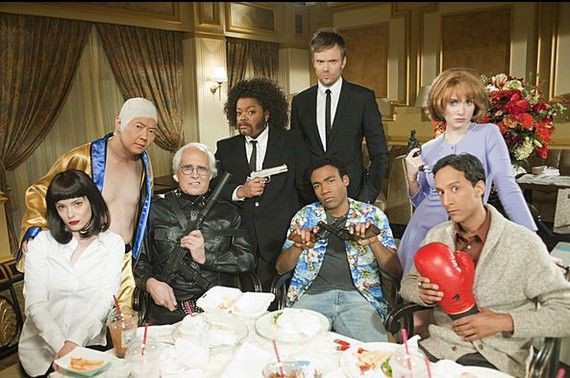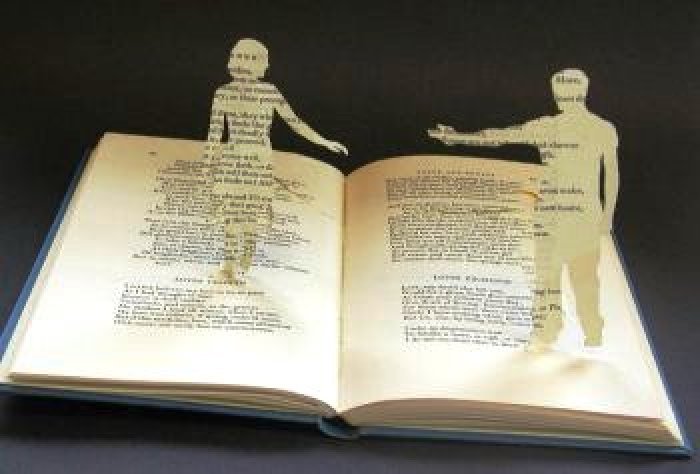By Ermioni Pavlidou,
The definition of intertextuality is essentially the complex interrelationship between a text and other texts taken as basic to the creation or interpretation of the text. It is different from blatant replication, yet usually confused. Julia Kristeva firstly introduced the term in 1966, referring to the “vertical axis” of a text which is used to describe the text’s interaction with other texts. This overlapping of art creates a —sometimes deliberately— renewed and self-reflecting piece. Intertextuality exists in various forms, such as allusion and pastiche, and has a prominent place in popular culture creations.
Intertextuality in Tarantino-verse
Intertextuality appears in films quite commonly. There are films that are based on books or theatrical plays, in which case the mean of narration is altered. There are also some silent cases of intertextuality in films as well, anonymous folk stories, myths adapted into a script, and even clichés from other movies. Movies can also purposefully resemble other films and genres. Distinguished examples of this are many Tarantino movies. His signature is violence and splatter-like, bloody gruesome deaths. Music, moreover, plays an important role in the setting and the story that has to unfold to establish the optative ambiance for these movies. Quentin Tarantino has expressed his love for cinema numerous times and has managed to make his movies resemble the “old western” atmosphere he was intending while connecting the dots with well-versed dialogue; he was, after all, praised for being the “King of dialogue”.

One prime example of all kinds of intertextuality in Tarantino films is Kill Bill (vol.1, vol.2). There are many visual and auditory references to various movies and different genres. In this film, many fighting sequences, like the one with the “Krazy 88’s”, the Bride’s training that in addition features the cliché of the unlike friendship between a strict, unapproachable teacher and a capable student, resemble old Samurai movies. A flashback to reveal O-Ren Ishii’s past is animated and it obviously refers to anime. Lastly, splatter could even be mentioned in terms of the excessive proportion of blood sputtering everywhere, as Tarantino films do not generally fall under the “horror” category. Furthermore, the music choice makes an association with spaghetti western movies, which is a key point for the plot, as it definitely links the central meaning of the movie with the act of revenge — a distinctive characteristic of western movies.
Intertextuality in Community
A plethora of intentional multipurpose intertextual references can be found in the 2010s avidly popular sitcom Community (2009-2015). It follows the course of a study group in a fictional community college called “Greendale Community College” full of miscellaneous people who become a diverse friend group. It has a lot of “meta” elements in its narrative, which are connected with its intertextuality; first and foremost, the characters’ realization that their life is indeed a sitcom through phrases, such as “six seasons and a movie!”. Abed Nadir is the first one from the group to essentially ascertain this situation. Community combines its self-reference and intertextuality with other texts in a term, firstly introduced by Rhonda Wilcox, “intertextuality”, which allows the show to allude to other texts within its self-awareness.

The story of Community unfolds in a surreal way with alternate realities, dystopic paintball, and zombie apocalypse episodes, but still manages to continue its development in a principal storyline. The series begins with a phrase, used as a call-back and inside reference later, that makes the study group official said by Jeff, the character whose arc is introduced first, to Abed, who narrates the intertextual references: “I see your value now”. Many episodes directly refer to other genres of popular culture. “Abed’s Uncontrollable Christmas” is a special episode where every character is turned into an animated version in Abed’s convulsed imagination and is put on a quest to save Christmas, referring to The Polar Express and even the way the characters are drawn seem similar to the movie Coraline. Another special episode turns characters into video game players. Many paintball episodes, which have become a theme referring to other sitcoms’ holiday episodes, use quotes, homage, and pastiche, even form their own parody from famous action movies like Star Wars, The Matrix, and Die Hard.
In conclusion, these intertextual references within a text constantly remind viewers that what they are watching is also a self-reflecting text, appeals to the combination of art, and gives an individuality in a “second-hand and re-thought inspiration”.
References
- Definition of “intertextuality”, Merriamwebster, Available here
- Semiotics for Beginners – Intertextuality, visualmemory, Available here
- Tatu Viitanen, Intertextual music in the films of Quentin Tarantino: Kill Bill analysis, Available here
- Laura Detmering, “Just Tell Me the Rules, and I Will Follow”: Active Viewership, Community Engagement, and Dan Harmon’s “Community” in Studies in Popular Culture, jstor, Available here
- Community movie references, YouTube, Available here




